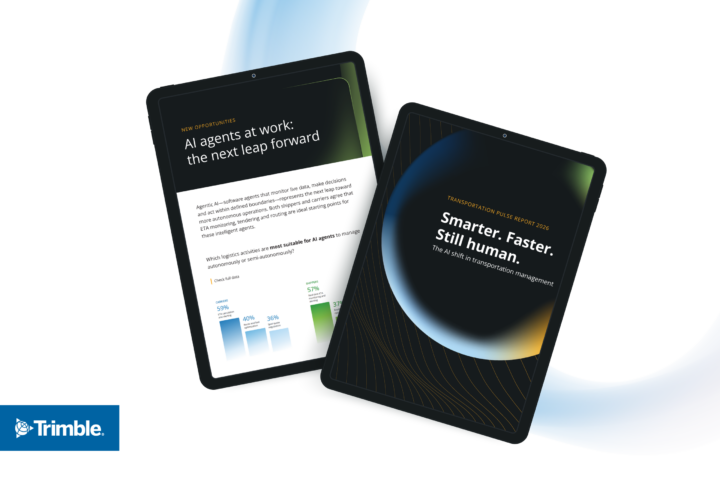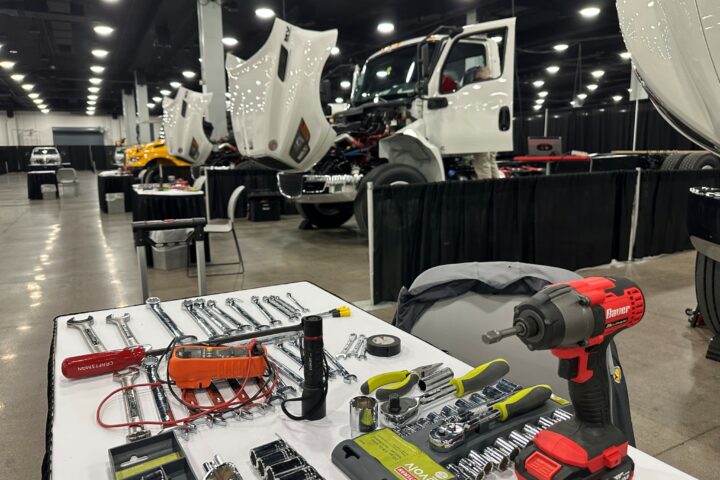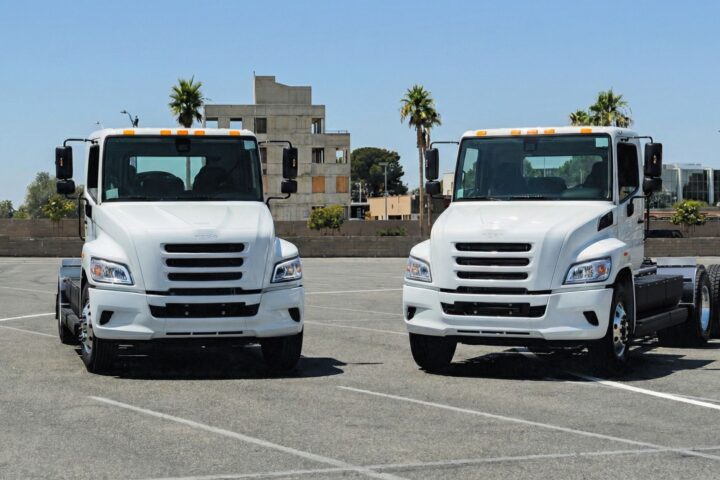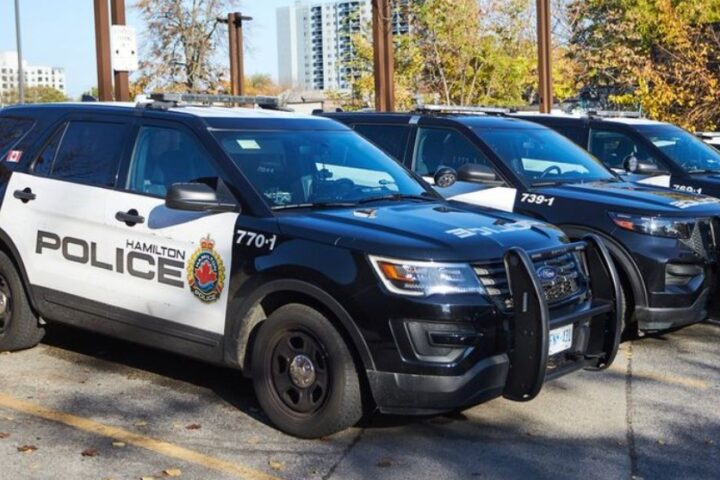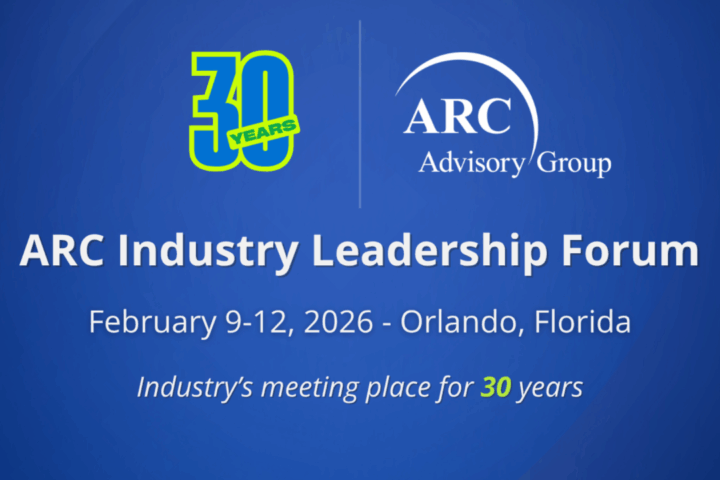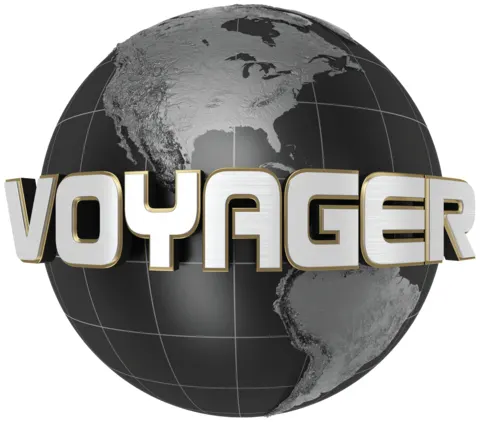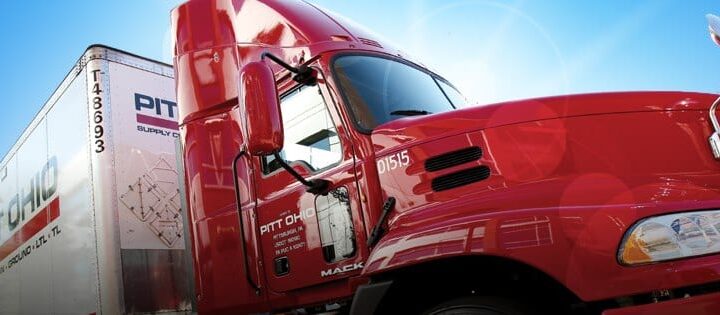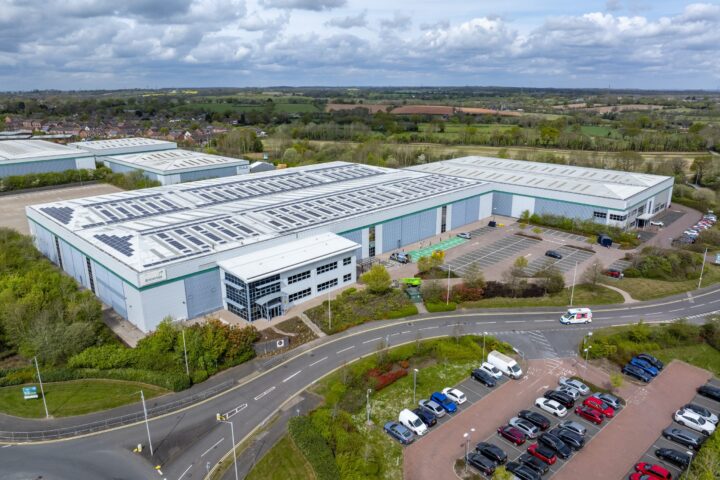Tesla plans full-scale production of its Semi next year, Dan Priestley, senior manager semis, announced at ACT Expo 2025 in Anaheim, Calif.
The company is constructing a 1.7 million-square-foot factory in Reno, Nev. which will produce 50,000 units per year in 2026.
Priestley said the exterior building is largely complete. Work is underway on installing internal utilities this year and will be landing manufacturing equipment to enable production and ramp it up next year.

The first Semis off the line will go into Tesla’s own logistics operations. Tesla will then begin delivering units to customers.
The company is committed to electrifying its supply chain and will continue to encourage its suppliers and third-party logistics providers to do the same.
Priestley said that Tesla’s existing fleet has accumulated 7.9 million miles, with 26 vehicles exceeding 100,000 miles in real-world operations. These include dedicated LTL, car hauling, food service, drayage and others.
Vehicle improvements
Paying attention to customer feedback, the EV manufacturer has made improvements to the vehicle, including a new mirror design, drop glass, and enhancements for drivers.
It also boasts a battery that costs and weighs less, while maintaining the same range.
Priestley also announced an electric power take off to electrify additional equipment. Tesla will support this through a variety of voltages, both DC and AC. It will have a peak capability of more than 25kW. Reefers are a good example of where the application can be used, he said.
“Tesla Semi is going to support electrification of additional pieces of equipment and help transition broader swaths of the industry toward a fully electric solution,” he said.
Charging solution
Tesla also introduced a 1.2mW charging solution that is shared with its passenger car business. This will allow the company to leverage cost, reliability and uptime of the network.
The executive said that the equipment is configurable. It can be paired with one post for 1.2mW charge, or the company can install up to eight posts where multiple vehicles can charge in parallel.
The company will be leveraging the charging service team, same technicians, same service procedures, to maintain the equipment that currently maintain the supercharger network.
The EV maker is investing in a 46-site public charging network in the U.S. Work is in progress and represents more than 300mW-capable posts. Tesla is also supporting private charging solutions.


